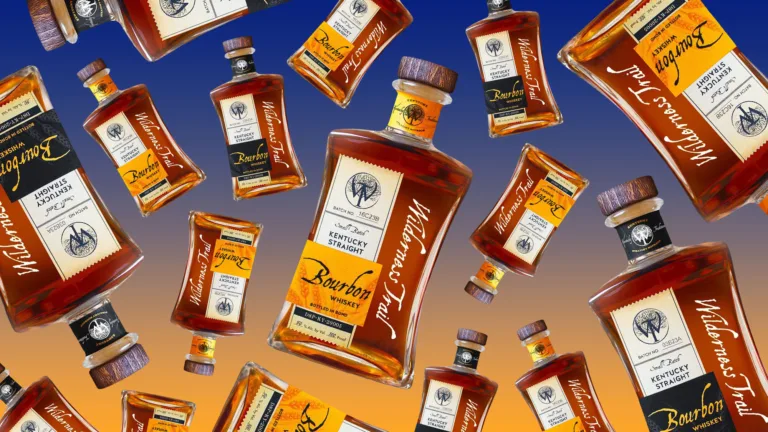At the end of August, the French government announced it would spend 200 million euros (approximately $212 million) to fund the destruction of surplus wine production in the country. On top of that, Bordeaux received 57 million euros ($60 million) to remove 9,500 hectares (23,475 acres) of vines in the region, offering to pay growers 6,000 euros ($6,310) per uprooted hectare (2.47 acres).
Along with that came the announcement out of Washington State in August that Chateau Ste. Michelle would purchase 40 percent less fruit over the next five years. Coupled with Australia’s ongoing export issues, it seems every part of the world is struggling with oversupply.
What’s leading to this global wine glut and can the wine industry course-correct?
Issues of supply and demand plague many industries, and being an agricultural product, wine has historically been particularly susceptible to such fluctuations. In 1996, Turrentine Brokerage, a grape and bulk wine brokerage firm, first published its Wine Business Wheel of Fortune, a tool that examines supply cycles and what it means for wineries and consumers. Regularly updated, it provides case studies from the last 40 years, looking at two forces driving a wine business cycle: consumer behavior and the agricultural nature of vines. Oversupply is not a new problem; the industry has always been able to readjust. But given today’s factors, it might not be so easy.
Behavioral Changes
Many of the behavioral changes toward alcohol in the past were triggered by an incident: market crashes, the tech boom, new





